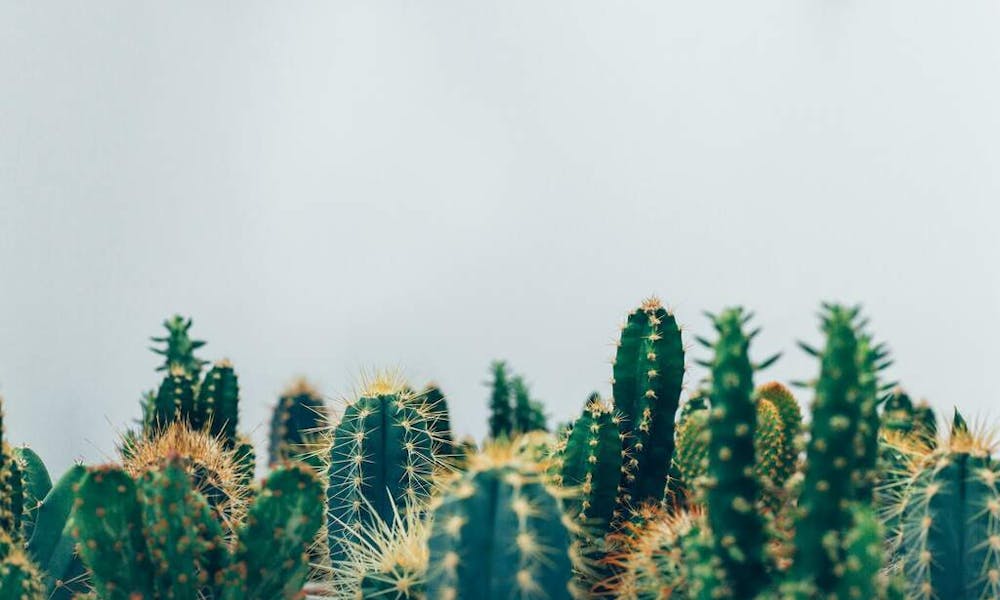Cacti are fascinating and unique plants that have captured the imagination of plant enthusiasts and collectors alike. Their distinctive appearance and ability to thrive in arid environments make them intriguing subjects for study. In this article, we will explore the different types of cacti and provide a comprehensive guide to identifying them using a cactus chart.
Introduction
Cacti, known for their ability to endure harsh conditions, come in a staggering variety of shapes, sizes, and features. Learning to identify these unique plants not only enriches our understanding of botany but also aids in cultivating and caring for them effectively.
Anatomy of a Cactus
Before delving into identification, it’s crucial to understand the key components of a cactus. These plants are adapted to conserve water, with thick stems that store moisture. Their spines, often mistaken for leaves, are actually modified leaves that serve various functions, including protection from predators and reducing water loss through transpiration.
Categorizing Cacti by Growth Habits
Cacti exhibit diverse growth habits that contribute to their charm. Understanding these habits helps in identification and care. Some cacti grow tall and straight, like the iconic Saguaro, while others spread out close to the ground in a ball shape, like the Golden Barrel Cactus.
Identifying Cacti by Spines and Areoles
Spines are a defining feature of cacti, and they come in an array of sizes and shapes. Areoles, small cushion-like structures from which spines grow, are unique identifiers for various cacti species. Observing these characteristics can lead to accurate identification.
Flowering Cacti Varieties
Cacti produce some of the most stunning and vibrant flowers in the plant kingdom. Night-blooming cacti, like the Queen of the Night, unfurl their blossoms in the evening, while day-blooming varieties, such as the Hedgehog Cactus, dazzle us during daylight hours.
Popular Cacti Species and Their Traits
- Saguaro (Carnegiea gigantea): This giant can reach heights of up to 60 feet and live for over 200 years. It features “arms” that grow as it matures.
- Prickly Pear (Opuntia spp.): Known for its flat, paddle-like pads and vibrant fruits, this cactus is both edible and ornamental.
- Barrel Cactus (Echinocactus spp.): True to its name, this cactus is barrel-shaped and often displays striking ribs and colorful spines.
- Fishhook Cactus (Mammillaria spp.): Small and globular, this cactus has hooked spines that aid in attachment to rocks.
- Holiday Cactus (Schlumbergera spp.): Also called the Christmas Cactus, this species blooms around holidays and boasts stunning flowers.
Caring for Different Cacti Types
Each cactus type has unique care requirements. While some prefer full sun, others thrive in partial shade. Proper watering, well-draining soil, and occasional fertilization are essential aspects of cactus care.
Creating a Cactus Identification Chart
A cactus identification chart is an invaluable tool for enthusiasts and collectors. It showcases the diverse range of cacti with images, names, and key identifying features.
The Art of Collecting and Displaying Cacti
Collecting cacti is a rewarding hobby. Properly displaying them enhances their aesthetic appeal. From terrariums to hanging containers, there are numerous creative ways to showcase your cacti collection.
Common Misconceptions About Cacti
Dispelling myths and misconceptions about cacti is important. While they are hardy plants, they still require care and attention. Additionally, not all cacti are prickly; some have very few or even no spines.
Conclusion
Cacti are marvels of nature that captivate us with their resilience and beauty. By understanding the various types of cacti and how to identify them, you can better appreciate their unique characteristics and contribute to their conservation.
FAQs
Q1: Can I grow cacti indoors? A: Yes, many cacti species can thrive indoors if provided with adequate sunlight and proper care.
Q2: How often should I water my cacti? A: The frequency of watering depends on the cactus species and the environmental conditions. Always allow the soil to dry out between waterings.
Q3: Are all cacti safe to touch? A: Not all cacti are safe to touch. Some have glochids, tiny hair-like spines that can cause irritation. It’s best to handle cacti with caution.
Q4: Do cacti really bloom in different colors? A: Yes, cacti produce flowers in a wide range of colors, including pink, red, yellow, orange, and white.
Q5: Can I propagate cacti on my own? A: Yes, cacti can be propagated through methods such as cuttings or offsets. Research the specific propagation technique for the cactus species you have.
